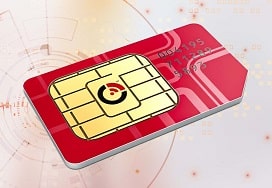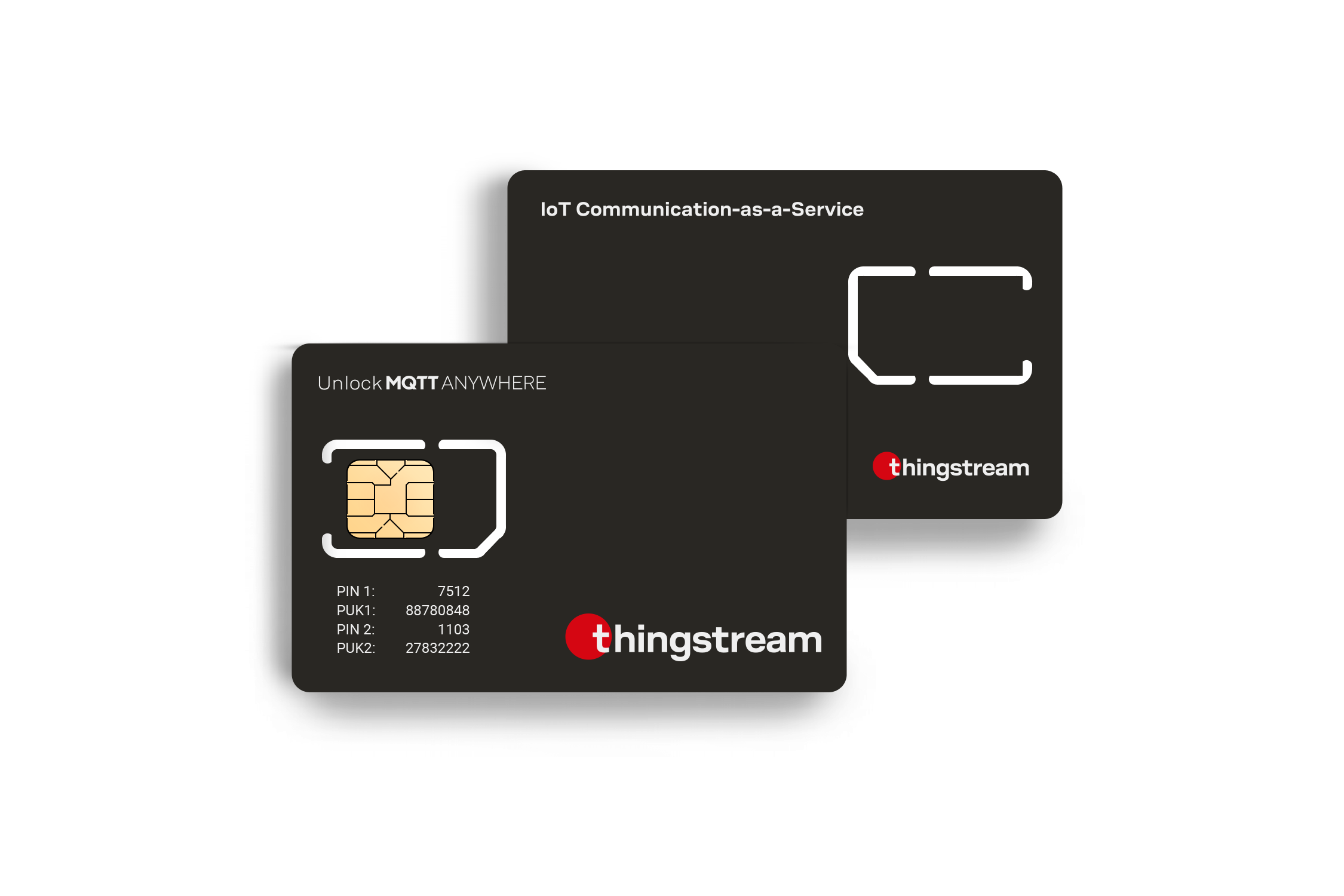Which Networks Support Esim South Africa eUICC, eSIM, Multi-IMSI Defined
The integration of the Internet of Things (IoT) into smart grids marks a big shift in how energy distribution and administration are approached. This transition has risen due to the rising demands for energy effectivity, reliability, and sustainability. Ensuring dependable IoT connectivity is crucial to the successful implementation of smart grids as a result of these networks rely closely on real-time data for decision-making and operational effectivity.

As smart grids depend on a vast network of devices, including smart meters, sensors, and management methods, sustaining sturdy connectivity amongst them is crucial. With quite a few endpoints concerned, the problem is to create a cohesive system where data can be transmitted seamlessly with out interruptions. Any disruption in connectivity can result in various points, from power outages to inefficient energy management.
One key to dependable IoT connectivity in smart grids revolves around optimizing community architecture. A well-planned network can considerably minimize points of failure. Employing a layered network strategy can improve reliability by segregating various sorts of communication. For occasion, separating management signals from knowledge transmission helps be positive that critical directions stay unaffected by congestion in the knowledge channels.
Utilizing redundant communication pathways adds one other layer of security for connectivity. When a main communication route experiences difficulties, various pathways could be employed to keep up consistent information circulate. This redundancy can effectively mitigate dangers, significantly throughout peak usage times or surprising community congestion (Dual Sim Vs Esim). The deployment of backup connections ensures that data stays accessible no matter challenges that will arise.
Esim Uk Europe eUICC: Unlocking Deployment Potential
Moreover, adopting advanced communication protocols that particularly cater to IoT applications can foster dependable connectivity. Protocols similar to MQTT (Message Queuing Telemetry Transport) and CoAP (Constrained Application Protocol) are designed to handle intermittent connections and reduce the amount of data transmitted. By using these light-weight protocols, smart grids can improve their effectivity and reliability, reducing the probability of information loss throughout transmission.
Another important side is the role of edge computing. Rather than sending all data to a centralized cloud server for processing, information could be processed closer to its source through local edge devices. This reduces latency and enhances the pace of knowledge evaluation, permitting for quick responses to changing conditions in the grid. By distributing processing obligations, edge computing can considerably lower the load on central networks, reinforcing the general reliability of IoT connectivity.
Furthermore, enabling system authentication and encryption is important for securing IoT connections within smart grids. As the size of IoT devices grows, so does the potential for cyberattacks aimed at interrupting connectivity. Implementing stringent authentication mechanisms ensures that only approved gadgets can communicate inside the grid. Adding encryption safeguards data integrity and confidentiality as it circulates across the community.
Physical Sim Vs Esim Which Is Better Key eUICC Information about eSIM
Regular monitoring and maintenance of the network infrastructure is crucial for guaranteeing reliability. Deploying real-time monitoring tools might help determine weak factors within the community before they result in significant failures. Continuous evaluation of network efficiency allows for proactive measures to be taken, guaranteeing that real issues are addressed promptly and do not escalate into main disruptions.
Scalability must also be a consideration when establishing dependable IoT connectivity. Smart grids will proceed to evolve with innovations in technology, increasing the number of related devices. Designing a community that can accommodate future progress with out compromising performance is important. Implementing modular systems that enable for straightforward integration of additional units ensures ongoing reliability as the infrastructure expands.
Vodacom Esim Problems Activating eSIM-Capable Devices Guide
Collaboration amongst stakeholders—such as utilities, technology suppliers, and regulators—adds important worth to the process of making certain connectivity. By taking a unified strategy, these events can develop standards that promote interoperability amongst various devices and systems. Such standards can facilitate a cohesive environment the place totally different parts can communicate effectively, thereby enhancing overall connectivity.
Education and coaching additionally play crucial roles in reinforcing IoT reliability inside smart grids. Ensuring that personnel who manage these networks are properly skilled can forestall operational errors that will lead to connectivity issues. Providing ongoing education concerning emerging technologies, protocols, and safety measures ensures that staff stay informed and able to addressing connectivity challenges as they arise.
Difference Between Esim And Euicc eSIM Consumer and IoT Specs
In conclusion, achieving reliable IoT connectivity in smart grids is a multifaceted endeavor that requires the combination of superior technologies, sturdy network design, and collaborative efforts among stakeholders. By focusing on network structure, adopting applicable communication protocols, have a peek here leveraging edge computing, guaranteeing device security, conducting regular maintenance, promoting scalability, and facilitating schooling, stakeholders can collectively guarantee resilience against disruptions. The future of energy management hinges on the reliability of those connections, making it essential for ongoing improvements and adaptations to satisfy the calls for of an ever-evolving panorama.
- Implement robust network protocols like MQTT and CoAP to streamline communication and improve data transmission efficiency in smart grids.
- Utilize edge computing to process information close to the supply, reducing latency and minimizing bandwidth usage for IoT units.
- Regularly carry out safety assessments and updates to safeguard devices and information towards potential cyber threats within the network.
- Integrate redundant communication pathways to maintain connectivity in case of network failures or outages, making certain uninterrupted service.
- Deploy superior knowledge analytics tools to watch site visitors patterns and system efficiency, enabling proactive maintenance and well timed issue decision.
- Leverage mesh networking to boost protection and reliability, allowing gadgets to communicate even when some nodes go offline.
- Establish clear and standardized protocols for system interoperability, facilitating seamless integration of varied IoT devices within the smart grid ecosystem.
- Invest in high quality hardware components with built-in resilience, making certain that gadgets can stand up to environmental challenges whereas sustaining connectivity.
- Consider the implementation of low-power wide-area networks (LPWAN) for long-range communications, especially in remote or rural areas.
- Educate stakeholders on the significance of connectivity methods, fostering collaboration between utility suppliers, manufacturers, and know-how companions.undefinedWhat are the key components that have an result on IoT connectivity in smart grids?
Key elements embrace network coverage, latency, bandwidth, and safety protocols. Esim Vodacom Sa. Ensuring that these elements are optimized can lead to extra secure and reliable connectivity throughout units.
How can I improve network coverage for IoT gadgets in smart grids?
Esim Vodacom Prepaid eUICC, eSIM, Multi IMSI Overview
Improving community coverage may be achieved by deploying further low-power wide-area network (LPWAN) technologies, strategically inserting repeaters, and utilizing advanced antennas to extend vary and sign strength.
What role does knowledge security play in IoT connectivity for smart grids?
Data safety is critical to protect sensitive info and maintain the integrity of the system. Implementing strong encryption, regular software updates, and secure authentication processes can mitigate dangers.
How can edge computing enhance IoT connectivity in smart grids?
Use Esim Or Physical Sim eUICC: Change M2M SIM Remotely
Edge computing processes data closer to the supply, lowering latency and bandwidth utilization. It permits for real-time analytics and decision-making, significantly bettering the responsiveness and reliability of the system.
What types of communication protocols are greatest for IoT in smart grids?
Protocols similar to MQTT, CoAP, and LoRaWAN are generally used as a outcome of they are light-weight, efficient, and designed for low-power devices, offering strong connectivity for IoT functions in smart grids (What Is Vodacom Esim).

How do I monitor the efficiency of IoT connectivity in smart grids?
Use Esim Or Physical Sim Cellular Connectivity Terms Glossary
Utilize community monitoring instruments that present analytics on system communication, latency, and throughput. Regularly reviewing these metrics helps in identifying and addressing connectivity issues promptly.

What measures may be taken to make sure scalability in IoT networks for smart grids?
Euicc Vs Esim SIM, iSIM, eSIM Differences Explained
Designing a modular architecture, utilizing cloud-based solutions, and adopting standardized protocols can facilitate scalability. This ensures this link that the community can efficiently assist an rising variety of units over time.

How can redundancy improve the reliability of IoT connectivity in smart grids?
Esim Vs Normal Sim SIM, iSIM, eSIM Differences Explained
Implementing redundancy allows for different pathways for data transmission, making certain that if one connection fails, others can take over. This minimizes downtime and enhances total reliability.
What challenges do legacy methods current to IoT connectivity in smart grids?
Legacy methods typically lack interoperability with trendy IoT units, can limit scalability, and should not assist the newest safety protocols. Upgrading these techniques or developing effective integration methods can mitigate these challenges.
Use Esim Or Physical Sim eSIM Revolutionizing Internet of Things
How essential is interoperability among IoT gadgets in smart grids?
Interoperability is essential for seamless communication between numerous units and systems. Ensuring compatibility by way of standardized protocols and interfaces helps to create a more efficient and dependable smart grid community.